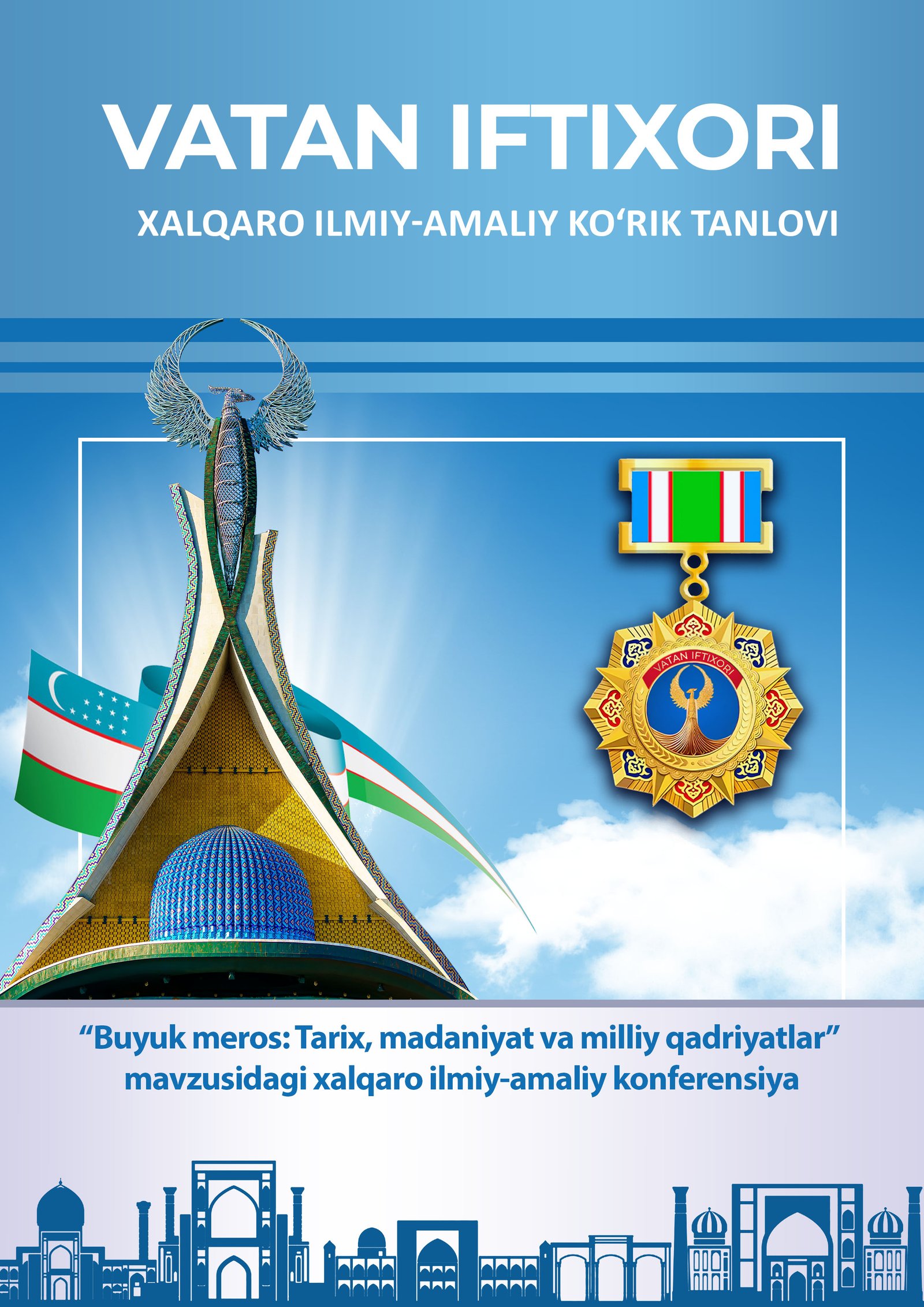AUDIOVISUAL TRANSLATION: DUBBING, SUBTITLING AND VOICE-OVER TECHNIQUES
Keywords:
audiovisual translation, dubbing, subtitling, voice-over, synchronization, linguistic adaptation, accessibility, artificial intelligence.Abstract
Audiovisual translation (AVT) plays a crucial role in making audiovisual content accessible to diverse linguistic and cultural audiences. This paper explores three main AVT techniques: dubbing, subtitling and voice-over. Dubbing involves replacing the original dialogue with a translated version while maintaining synchronization with lip movements. Subtitling provides a written translation of the spoken content, often constrained by time and space limitations. Voice-over, commonly used for documentaries and news reports, overlays the translated audio while keeping the original sound at a lower volume. Each techniques has its advantages and limitations depending on cultural, technical, and financial factors. The study also examines challenges in AVT, including linguistic adaptation, synchronization, and the impact of artificial intelligence on the field. The paper concludes by discussing future trends and the growing demand for audiovisual translation in the globalized media industry.
References
1. Díaz Cintas, J., & Remael, A. (2021). Audiovisual translation: Subtitling. Routledge.
2. Chaume, F. (2012). Audiovisual translation: Dubbing. Routledge.
3. Gottlieb, H. (2005). Multidimensional translation: Semantics turned semiotics. In H. Gerzymisch-Arbogast & S. Nauert (Eds.), Challenges of Multidimensional Translation (pp. 33-59). Saarbrücken: AQ-Verlag.
4. Luyken, G. M., Herbst, T., Langham-Brown, J., Reid, H., & Spinhof, H. (1991). Overcoming language barriers in television: Dubbing and subtitling for the European audience. European Institute for the Media.
5. Orero, P. (2004). Audiovisual translation: A new dynamic translation modality. Perspectives: Studies in Translatology, 12(3), 255-257.
6. Taylor, C. J. (2013). The multimodal approach in audiovisual translation. Meta: Journal des traducteurs/Meta: Translators' Journal, 58(2), 268-292.
7. Zabalbeascoa, P. (2008). The nature of the audiovisual text and its parameters. In J. Díaz Cintas (Ed.), The didactics of audiovisual translation (pp. 21-37). John Benjamins.
8. Baños, R., & Díaz Cintas, J. (2017). The professional status of audiovisual translation. In J. Díaz Cintas & K. Nikolic (Eds.), Fast-forwarding with audiovisual translation (pp. 27-43). Multilingual Matters.
9. Bosseaux, C. (2015). Dubbing, film and performance: Uncanny encounters. Peter Lang.
10. Chaume, F. (2020). An introduction to audiovisual translation: Concepts, methods and applications. Routledge.
11. Díaz Cintas, J., & Anderman, G. (2009). Audiovisual translation: Language transfer on screen. Palgrave Macmillan.
12. Díaz Cintas, J., Matamala, A., & Neves, J. (Eds.). (2010). New insights into audiovisual translation and media accessibility. Rodopi.
13. Gambier, Y., & van Doorslaer, L. (Eds.). (2010). Handbook of translation studies: Audiovisual translation and media accessibility. John Benjamins.
14. Gambier, Y. (2013). The position of audiovisual translation studies. In C. Millán & F. Bartrina (Eds.), The Routledge handbook of translation studies (pp. 45-59). Routledge.
15. Koolstra, C. M., Peeters, A. L., & Spinhof, H. (2002). The pros and cons of dubbing and subtitling. European Journal of Communication, 17(3), 325-354.
16. Luyken, G. M. (1991). Overcoming language barriers in television: Dubbing and subtitling for the European audience. European Institute for the Media.
17. Orero, P. (2009). Voice-over in audiovisual translation. In J. Díaz Cintas & G. Anderman (Eds.), Audiovisual translation: Language transfer on screen (pp. 130-139). Palgrave Macmillan.
18. Perego, E. (2012). Subtitling: Theory and practice. Peter Lang.
19. Remael, A., Orero, P., & Carroll, M. (2012). Audiovisual translation and media accessibility at the crossroads: Media for all 3. Rodopi.
20. Szarkowska, A. (2005). The power of voice-over. Translation Journal, 9(3). Retrieved from https://www.translationjournal.net
21. Zabalbeascoa, P. (2008). The nature of the audiovisual text and its parameters. In J. Díaz Cintas (Ed.), The didactics of audiovisual translation (pp. 21-37). John Benjamins.
22. “SBF Glossary: AD to adzy. Retrived 9 July 2015.
23. Cowdog (2009). “ADR: Hollywood Dialogue Recording Secrets. Creative COW Magazine. Creative COW. Retrived 30 July 2012.
24. Merriem Webster’s Online Dictionary.
25. Done, Mary Ann(1980). The voice in the Cinema: The Articulation of Body and Space. Yale French Studies. Pp. 33-50

